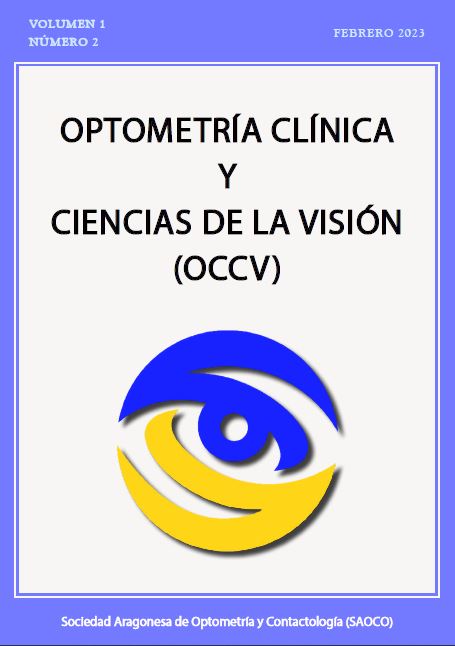Affectation of quality of life associated with the state of the ocular surface due to the use of masks
DOI:
https://doi.org/10.71413/5ht4t507Keywords:
Face mask, Ocular Surface, Symptoms, COVID-19Abstract
Relevance: This study evaluates the impact of mask use during the Covid-19 pandemic on the ocular surface, at a subjective level.
Purpose: To assess symptoms compatible with dry eye syndrome in patients wearing masks (MADE Syndrome), by comparing subjective measured variables (questionnaires) between patients without masks, with masks, and those who have undergone cataract surgery with masks. Additionally, the study aimed to investigate some psychological symptoms in mask-wearing patients and compare them with patients not using masks.
Methods: Subjects were males and females over 18 years old. All subjects with ophthalmological pathologies, ocular surface alterations, or undergoing topical ocular treatment other than artificial tears were excluded. The population was divided into three groups: healthy group without masks (64 subjects), mask-wearing group (58 subjects), and mask-wearing group who underwent cataract surgery one month ago (36 subjects). Three demographic questions were asked to all patients, followed by the completion of three questionnaires to carry out the symptomatic study (adapted CLDEQ-8 test for mask use, OSDI, and SANDE), and a questionnaire to evaluate psychological status (BSI test).
Results: Statistically significant differences were observed in the SANDE test (p-value<0.01) when comparing the healthy group with the mask-wearing group without cataract surgery. A significant increase in depression and psychoticism index was also observed in the mask-wearing group compared to the non-mask-wearing group. When comparing the healthy group with the mask-wearing and operated group, significant differences (p-value<0.01) were obtained in the SANDE test. No statistically significant results were observed when comparing between the two mask-wearing groups.
Conclusions: Symptomatic tests suggest that mask use has increased symptoms similar to those observed in EOS compared to non-use, confirming the MADE syndrome. The increase in the depression and psychoticism index in the mask-wearing group compared to the non-mask-wearing group could be explained by the situation experienced throughout the confinement period.
References
Li H, Liu SM, Yu XH, et al. Coronavirus disease 2019 (COVID-19): current status and future perspectives. International Journal of Antimicrobial Agents. 2020 May 1;55(5). DOI: https://doi.org/10.1016/j.ijantimicag.2020.105951
Samudrala PK, Kumar P, Choudhary K, et al. Virology, pathogenesis, diagnosis and in-line treatment of COVID-19. European Journal of Pharmacology. 2020 Sep 15;883. DOI: https://doi.org/10.1016/j.ejphar.2020.173375
Krolo I, Blazeka M, Merdzo I, et al. Mask-Associated Dry Eye During COVID-19 Pandemic-How Face Masks Contribute to Dry Eye Disease Symptoms. Med Arch. 2021 Apr 1;75(2):144–8. DOI: https://doi.org/10.5455/medarh.2021.75.144-148
Sridhar MS. Anatomy of cornea and ocular surface. Vol. 66, Indian Journal of Ophthalmology. Medknow Publications; 2018. p. 190–4. DOI: https://doi.org/10.4103/ijo.IJO_646_17
Willcox MDP, Argüeso P, Georgiev GA, et al. TFOS DEWS II Tear Film Report. Vol. 15, Ocular Surface. Elsevier Inc.; 2017. p. 366–403. DOI: https://doi.org/10.1016/j.jtos.2017.03.006
Craig JP, Nichols KK, Akpek EK, et al. TFOS DEWS II Definition and Classification Report. Vol. 15, Ocular Surface. Elsevier Inc.; 2017. p. 276–83. DOI: https://doi.org/10.1016/j.jtos.2017.05.008
Kloosterboer A, Dermer HI, Galor A. Diagnostic tests in dry eye. Vol. 14, Expert Review of Ophthalmology. Taylor and Francis Ltd.; 2019. p. 237–46. DOI: https://doi.org/10.1080/17469899.2019.1657833
Georgiev GA, Eftimov P, Yokoi N. Structure-function relationship of tear film lipid layer: A contemporary perspective. Vol. 163, Experimental Eye Research. Academic Press; 2017. p. 17–28. DOI: https://doi.org/10.1016/j.exer.2017.03.013
Wolffsohn JS, Arita R, Chalmers R, et al. TFOS DEWS II Diagnostic Methodology report. Vol. 15, Ocular Surface. Elsevier Inc.; 2017. p. 539–74. DOI: https://doi.org/10.1016/j.jtos.2017.05.001
Han SB, Liu YC, Mohamed-Noriega K, et al. Objective Imaging Diagnostics for Dry Eye Disease. Vol. 2020, Journal of Ophthalmology. Hindawi Limited; 2020. DOI: https://doi.org/10.1155/2020/3509064
Li M, Gong L, Sun X, et al. Anxiety and depression in patients with dry eye syndrome. Current Eye Research. 2011 Jan;36(1):1–7. DOI: https://doi.org/10.3109/02713683.2010.519850
Amparo F, Schaumberg DA, Dana R. Comparison of Two Questionnaires for Dry Eye Symptom Assessment: The Ocular Surface Disease Index and the Symptom Assessment in Dry Eye. Ophthalmology. 2015 Jul 1;122(7):1498–503. DOI: https://doi.org/10.1016/j.ophtha.2015.02.037
Garza-Leon M, Amparo F, Ortíz G, et al. Translation and validation of the contact lens dry eye questionnaire-8 (CLDEQ-8) to the Spanish language. Contact Lens and Anterior Eye. 2019 Apr 1;42(2):155–8. DOI: https://doi.org/10.1016/j.clae.2018.10.015
Carlier IVE, Kovács V, van Noorden MS, et al. Evaluating the Responsiveness to Therapeutic Change with Routine Outcome Monitoring: A Comparison of the Symptom Questionnaire-48 (SQ-48) with the Brief Symptom Inventory (BSI) and the Outcome Questionnaire-45 (OQ-45). Clinical Psychology and Psychotherapy. 2017 Jan 1;24(1):61–71. DOI: https://doi.org/10.1002/cpp.1978
Wan K, Chen L, Young A. Depression and anxiety in dry eye disease_ a systematic review and meta-analysis. Eye. 2016 Aug 12;30:1558–67. DOI: https://doi.org/10.1038/eye.2016.186
Vieira GCF, de Oliveira Rodrigues BR, et al. Depression and dry eye: A narrative review. Vol. 67, Revista da Associacao Medica Brasileira. Associacao Medica Brasileira; 2021. p. 462–7. DOI: https://doi.org/10.1590/1806-9282.20200888
Boccardo L. Self-reported symptoms of mask-associated dry eye: A survey study of 3,605 people. Contact Lens and Anterior Eye. 2022 Apr 1;45(2). DOI: https://doi.org/10.1016/j.clae.2021.01.003
Haslam N, Loughnan S. Dehumanization and infrahumanization. Vol. 65, Annual Review of Psychology. Annual Reviews Inc.; 2014. p. 399–423. DOI: https://doi.org/10.1146/annurev-psych-010213-115045
Additional Files
Published
Issue
Section
Categories
License
Copyright (c) 2024 Dña. Marta Sancho Larraz, Dr. Alejandro Blasco Martínez, Dr. José Manuel Larrosa Povés (Autor/a)

This work is licensed under a Creative Commons Attribution-NonCommercial 4.0 International License.



